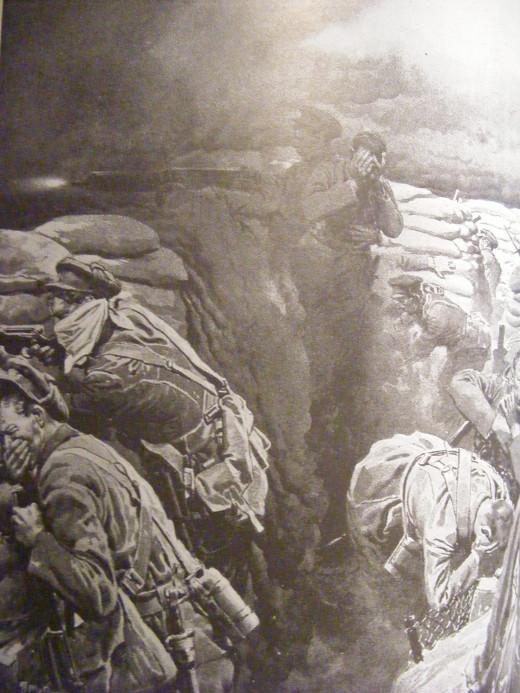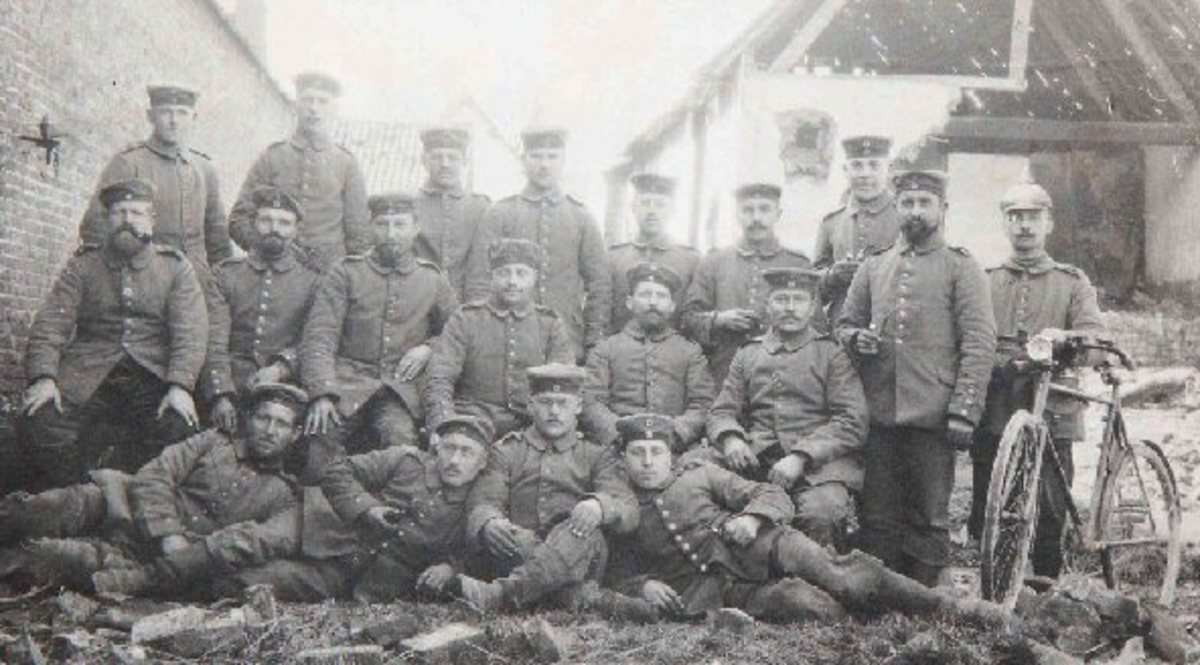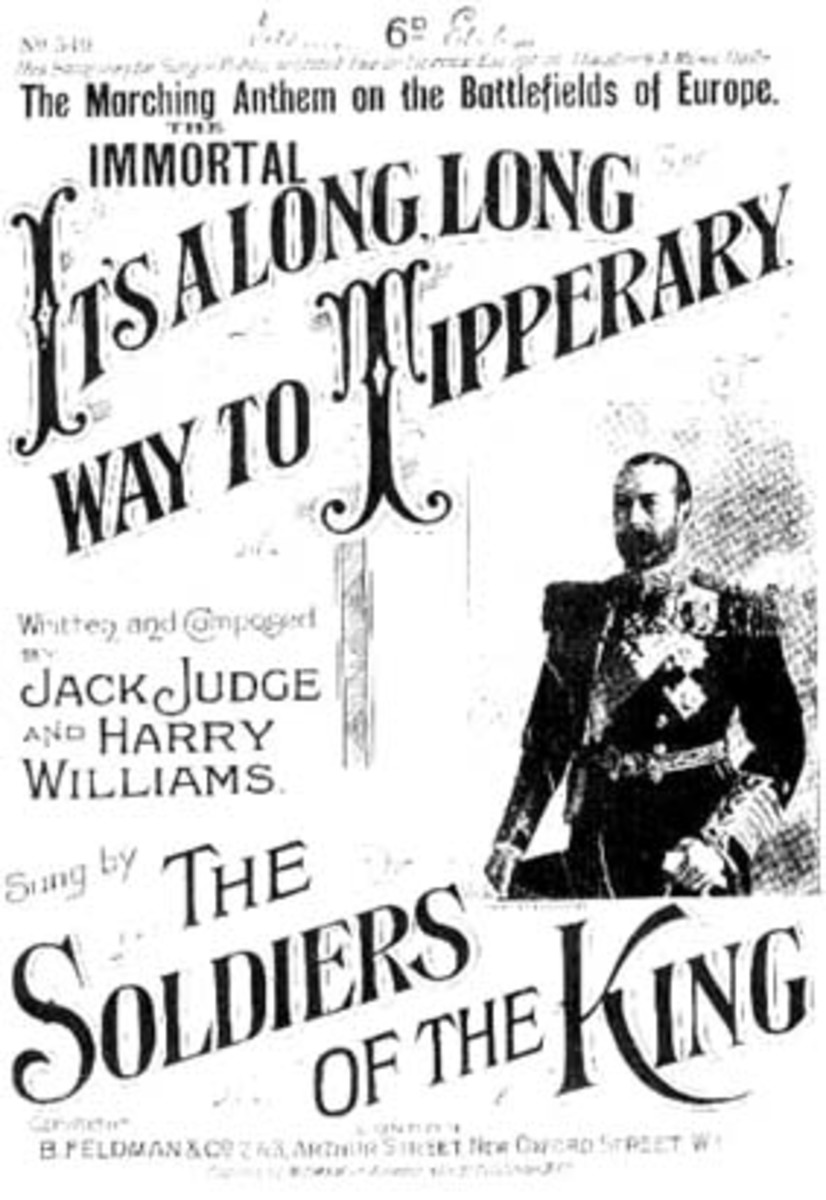- HubPages»
- Education and Science»
- History & Archaeology»
- History of the Modern Era»
- Twentieth Century History»
- World War I
Chemical Warfare: The Use of Poison Gas in World War I
Of the five types of chemical weaponry, the ones used during the First World War are known as irritant gases. They range from the relatively mild tear gas commonly used to dispel riots and public demonstrations to the lethal chlorine, phosgene and mustard gas.
Chemical weaponry is a particularly atrocious means of warfare, especially in reference to World War I. One can hardly imagine the endless horrors of war. No textbook could come at all close to properly conveying the fear, anguish and terrible suffering faced by combatants on a regular basis. The words of poets have a special potency in this respect, albeit to a limited extent. I find it impossible to stave off the images presented by the famous World War I poem “Dulce et Decorum Est" when I read of soldiers contending with the notorious chlorine gas assaults:
Gas! Gas! Quick, boys!–An ecstasy of fumbling,
Fitting the clumsy helmets just in time;
But someone still was yelling out and stumbling,
And flound’ring like a man in fire or lime . . .
Dim, through the misty panes and thick green light,
As under a green sea, I saw him drowning.
In all my dreams, before my helpless sight,
He plunges at me, guttering, choking, drowning.
~ Wilfred Owen
The first use of gas warfare took place at the second battle of Ypres in April 1915. German chief of staff General Erich von Falkenhayn decided upon the advice of his technical advisors to test out the new innovation of poison gas as a weapon against the Allied forces, against whom they were stuck in a stalemate on the Western Front. After a brutal two-day bombardment that flattened Ypres, and then a brief pause, Falkenhayn’s troops carried on the bombardment, this time releasing the chlorine gas to be carried on the wind toward the Allied forces. The Allies were taken completely by surprise as the sickly green cloud of agony inducing choking agent enveloped them. This sent the Allied line back considerably, but Falkenhayn had doubted the potential efficacy of this new form of warfare and was not properly prepared to take advantage of the gains it had won him. Furthermore, a valiant resistance on the part of Canadian troops on Falkenhayn’s left, as well as the remaining chlorine gas residue that awaited their charge further hindered any potential gains of the exploit.

Falkenhayn made a further, larger scale, attempt at gas warfare, but this time failed miserably as the Allies were this time quite prepared and Falkenhayn himself was still riddled doubt regarding the efficacy of these poison gas assaults. Furthermore, unpredictability remained a consistent issue with this form of chemical warfare as it was wholly dependent on the direction of the wind which could (and did) on occasion blow back on the offending party. Even by the following year, when shells could be used to deliver poison gas, thereby eliminating dependency on the weather, the use of ever-advancing gas masks greatly diminished their potency.
While chemical warfare during the First World War had tragic and appalling consequences for the direct victims, it was by no means a deciding factor in ending the war. Much of this has to do with a lack of experience with the new technology and the corresponding apprehension of those who sought to employ it. Furthermore, counteractive measures, such as gas masks, were quick to follow in the wake of the first wave of poison gas.
During World War II, the Germans did develop nerve gases which go in through the skin and lungs to break down the action of the nervous system, but thankfully, they were never used.







